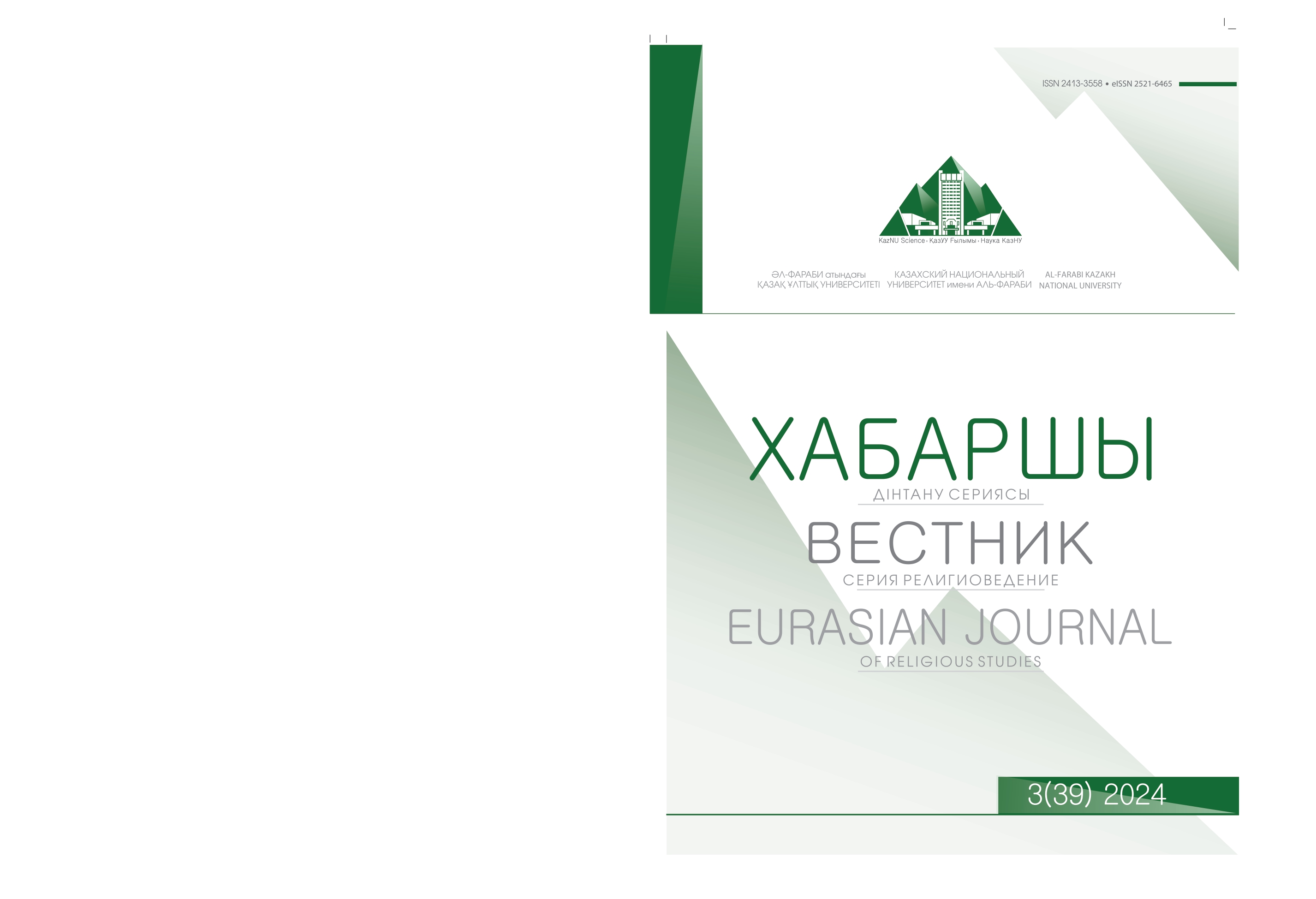The role of religion in the Islamic world during the years of independence
DOI:
https://doi.org/10.26577//EJRS.2024.v39.c3.r5Abstract
This article delves into the pivotal role of religion in the Islamic world during the epoch of achieving independence in the 20th century. During this historical juncture, numerous states within the Islamic world, having liberated themselves from colonial subjugation, faced the formidable task of constructing new nation-states and establishing stable socio-political systems. Islam was central to these processes, functioning as a tool for political mobilization, a means of legitimizing new authorities, and a source of national and cultural revival. The article examines instances from North African countries, such as Algeria and Egypt, where Islamic movements and religious narratives significantly impacted anti-colonial struggles and subsequent state-building endeavors. The analysis extends to the situation in Central Asia, where, following the dissolution of the Soviet Union, Islam became a crucial element in the formation of new national identities. The study identifies both common and unique aspects of the interplay between religion and politics across different Islamic nations, and it scrutinizes the long-term implications of this interplay for contemporary societies. This article contributes to a deeper scholarly understanding of the role of Islam in socio-political processes and the formation of nation-states in the context of decolonization.
Key words: Islamic World, North African Continent, Algeria, Egypt, Central Asia.




